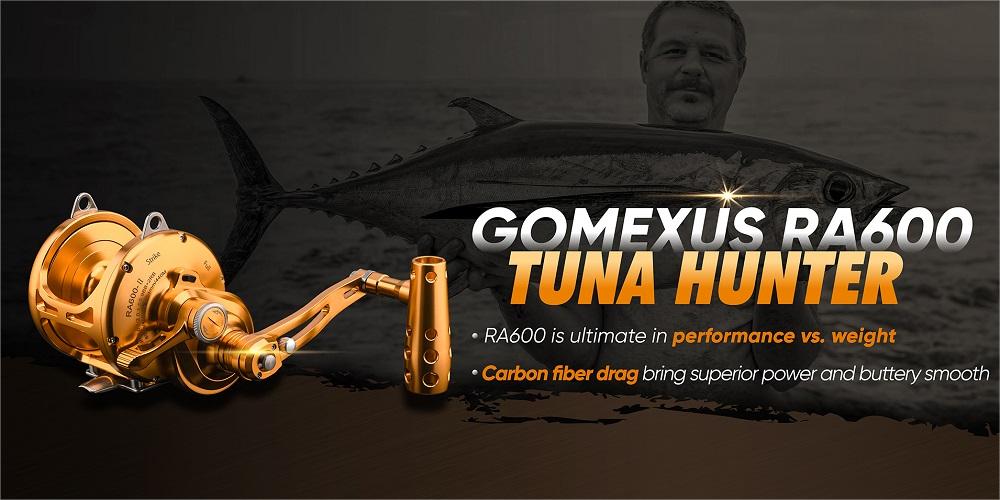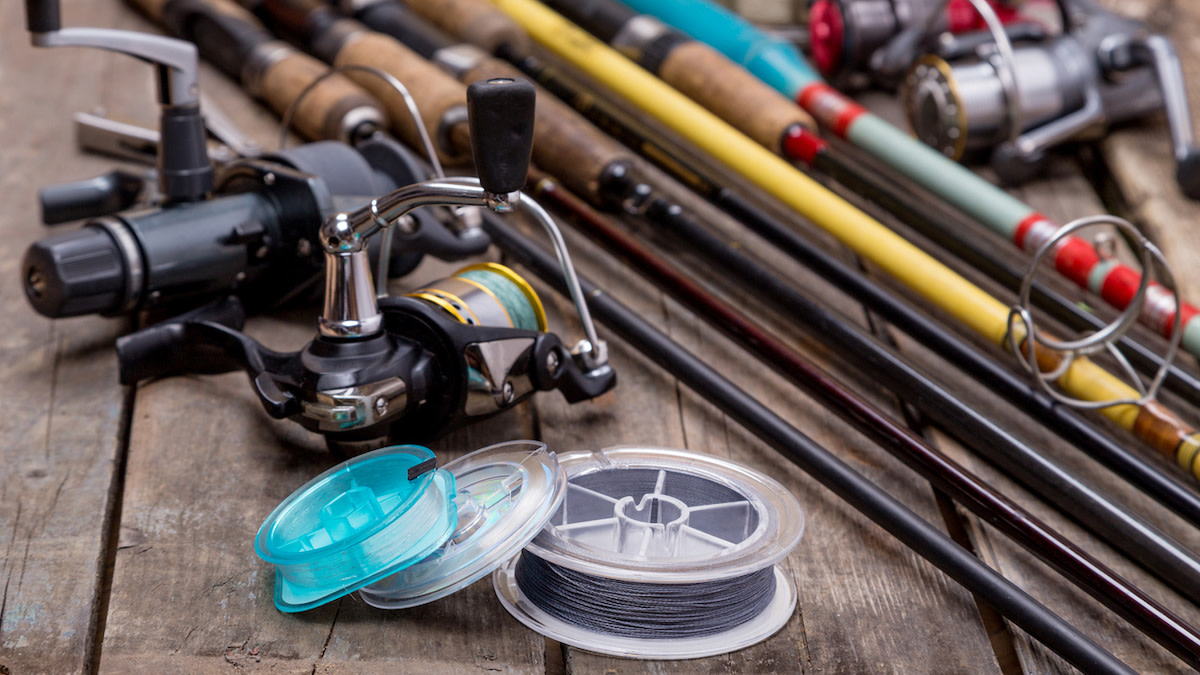Fishing reel drag is a mechanism consisting of friction plates inside the reel that prevent the fishing line from breaking when a fish pulls on it.
The Basics Of Fishing Reel Drag
Fishing reel drag refers to the system that allows you to control the amount of resistance on the line when a fish pulls. It is an essential feature that ensures a smooth and efficient fishing experience. Drag is typically located on the reel and can be adjusted according to the size and strength of the targeted fish.
By setting the drag properly, you can prevent line breakage and ensure that the fish does not escape. A light drag is recommended for smaller fish, while a higher drag setting is suitable for larger ones. Having a proper fishing reel drag system is crucial for a successful fishing trip, as it allows you to handle different fish sizes and maximize your chances of landing a catch.
Factors Affecting Fishing Reel Drag
Factors Affecting Fishing Reel Drag Line strength and drag settings play a crucial role in fishing reel drag. The strength of the fishing line and the settings of the drag system determine how much resistance the reel will provide when a fish pulls on the line.
Adjusting the drag according to the fish size is essential. For smaller fish, a lighter drag is recommended to prevent the line from breaking. On the other hand, a higher drag setting is necessary for larger or heavier fish to prevent them from breaking off the line.
The material used in the drag system also affects its performance. Choosing the right drag material is important to ensure smooth operation and efficient control. Considering these factors will help anglers optimize their fishing reel drag and improve their chances of catching their desired fish.
Adjusting Drag For Different Fishing Situations
Adjusting the drag on your fishing reel is crucial for different fishing situations. When targeting smaller fish, it’s recommended to set a light drag to avoid line breakage. For medium-sized fish, a medium drag setting is appropriate to maintain control without risking a line break.
As for larger and heavier fish, a heavy drag setting is necessary to prevent them from breaking off your line. Properly adjusting the drag on your reel ensures that you have the right amount of resistance to tire out the fish and bring it in successfully.
So, remember to make adjustments to your drag based on the size and weight of the fish you’re targeting for a successful fishing experience.

Credit: gomexus.com
Choosing The Right Drag System For Your Fishing Reel
Choosing the right drag system for your fishing reel is essential for a successful and enjoyable fishing experience. Two common options are front drag and rear drag reels. Front drag systems offer greater versatility and control, allowing you to easily adjust the drag while fighting a fish.
They are also more durable and provide a smoother drag performance. On the other hand, rear drag reels are popular among pleasure anglers and offer easier and quicker access to the drag adjustments. When selecting a fishing reel with the right drag system, there are a few factors to consider.
These include the type of fishing you will be doing, the size of the fish you are targeting, and your personal preference. By carefully considering these factors, you can ensure that you choose a fishing reel that meets your needs and helps you land that big catch.
Maintaining And Troubleshooting Fishing Reel Drag
Fishing reel drag refers to the mechanism that controls the resistance of the fishing line when a fish pulls on it. Maintaining and troubleshooting the drag is crucial for smooth and effective fishing. Regular cleaning and lubrication play a vital role in ensuring the smooth functioning of the drag system.
By keeping the drag system clean and properly lubricated, you can avoid common issues such as sticking or jerky drag. If you encounter any problems with the drag, it’s important to know how to fix them. This includes adjusting the drag tension, replacing worn-out components, or seeking professional help if needed.
Additionally, there are tips you can follow to extend the lifespan of your fishing reel drag system, such as storing it properly and avoiding unnecessary strain. By taking care of your fishing reel drag, you can enjoy a seamless fishing experience.
Frequently Asked Questions Of What Is Fishing Reel Drag
How Much Drag Should I Set On Reel?
The drag on your fishing reel should be adjusted based on the size of the fish you are targeting. For smaller fish, a lighter drag setting is recommended to prevent the line from breaking. However, for larger or heavier fish, a higher drag setting can help prevent them from breaking off your line.
Is More Drag Better Fishing?
More drag is better for fishing when targeting larger or heavier fish to prevent them from breaking off your line. However, for smaller fish, a lighter drag is recommended to avoid the line breaking.
Should I Use Front Or Rear Drag On Fishing Reel?
Using a front or rear drag on a fishing reel depends on personal preference and fishing style.
What Is Drag On A Baitcaster?
Drag on a baitcaster is the friction between two plates inside the fishing reel. It allows the line to release when a fish pulls, preventing it from breaking.
Conclusion
The drag system is an essential component of a fishing reel that allows anglers to control the amount of resistance applied to the line when a fish is hooked. By setting the drag correctly, you can prevent the line from breaking and successfully reel in your catch.
The drag works by utilizing friction plates inside the reel, which rotate backwards and release line when the fish pulls hard enough. It is crucial to adjust the drag according to the size of the fish you are targeting. Smaller fish typically require a lighter drag to prevent line breakage, whereas larger or heavier fish necessitate a higher drag setting.
Whether you prefer front drag or rear drag reels depends on your personal fishing style and preferences. Whichever type you choose, both options effectively tighten or loosen the spool’s movement. Setting the drag correctly is crucial for a successful fishing experience, ensuring that your line remains intact and your catch makes it safely to the boat or shore.





